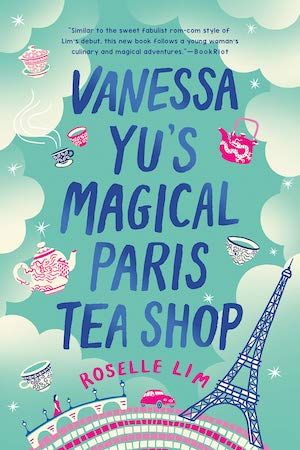Sometimes the magic permeates the text, jumping out at you from every page, while in other instances the magic is occasional. Regardless of how much magic there is, what counts as “magic” is widely disputed and largely disagreed upon. Some scholars include anything that is not typically the domain of the “real,” the broadness of which can see the label “magical realism” applied to folklore, mythology, fairytales, fantasy, speculative fiction, paranormal literature, and more. Others are very specific, considering only works where the tone is highly objective — even journalistic — but the characters or events break from reality. Despite the term “magical realism” having its roots in 1920s German art criticism, most literary uses of the term are traced to the Latin American “Boom” literature of the 1960s. In his essay “What We Talk About When We Talk About Magical Realism,” Fernando Sdrigotti underscores the damaging ways that magical realism has been used to essentialize, exoticize, and pigeonhole writers of color — most especially Latinx and Latin American writers. Toni Morrison was very public about the downsides of using magical realism to define her works (and those of other BIPOC writers). Similarly, Cherokee writer Brandon Hobson has discussed what he sees as the problematic use of the word magic, explaining that magic is “a little cheap way of talking about it.” They’re not alone. The major issue with the term magical realism is that it has a history of being applied to works by minority writers, especially BIPOC writers the world wide. What’s especially troubling about this is the fact that this application tends to come from a Eurocentric position that labels “magical” any beliefs considered “irrational” or “unreal” from a very narrow perspective. For example, ghosts are typical figures in magical realism novels; at the same time, many cultures consider ghosts to be a natural reality. The same is true of religious practices, cultural traditions, and other phenomena that the western intellectual tradition doesn’t acknowledge as “real.” Admittedly, magical realism has some problems. So why continue to use this label? Well, for better or worse it’s a term that has gained traction in the publishing industry. That means it’s legible and defines a particular category of literature (however imprecisely). If you can name it, you can think and talk about it more deeply. More than that, I argue that despite the harm that has been done through the problematic application of this term, it has a long and rich history of revolutionary work. Writers like Salman Rushdie, Gabriel García Márquez, and Isabel Allende have employed the genre toward anti-colonial aims. There are various subsets of magical realism — such as feminist magical realism — that use magic to disrupt dominant ideologies. And, of course, there’s what you might think of as “magical realism lite” (which I do not intend as a dig — in fact, I consider it a highly enjoyable subset of the genre), such as the mesmerizing works of Sarah Addison Allen. No matter how you understand the label “magical realism,” it’s a rich and diverse genre. Here are some recent magical realism novels to help you infuse your bookshelf with some magic! While not everyone loves the label (and rightly so), magical realism novels continue to catch readers’ attention and garner widespread readership. If you look for them, you’ll find new magical realism novels at every turn. For instance, this fall keep your eyes peeled for Ruth Ozeki’s forthcoming novel The Book of Form and Emptiness, which promises to be a formidable addition to any collection of magical realism novels. Want to read more about magical realism novels? Here are some great articles to get you started: Magical Realism is For Us By Us and Toni Morrison Was the Queen 100 Must-Reads of Magical Realism
































